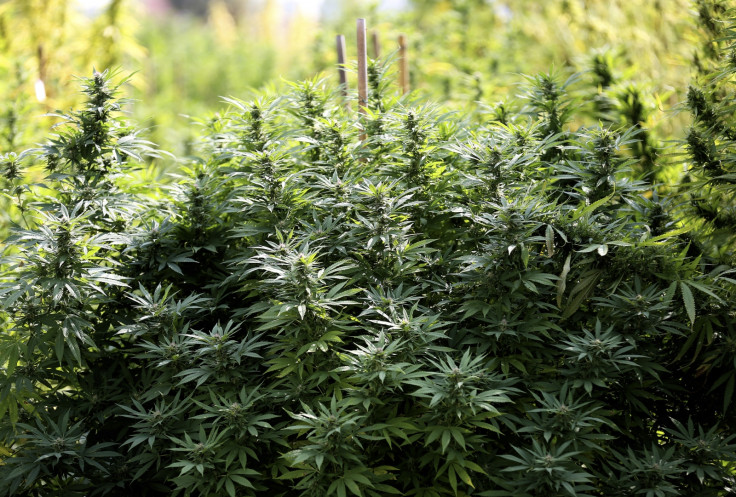Medical marijuana appears more effective for relieving men from pain than women
In a small experiment, women's sensitivity to pain decreased less than men after smoking.

Smoking marijuana is more effective to attenuate pain in men than in women, scientists have said. This finding could have potential implications for the development of future clinical trials about the effects of therapeutic cannabis.
The term medical (or therapeutic) marijuana refers to the use of the plant in an unprocessed form or its extracts to relieve people from pains they may be experiencing as the result of a disease.
The US Food and Drug Administration (FDA) has not approved marijuana as medicine, despite a range of scientific papers showing that the two of the main cannabinoids from the plant – THC and CBD - may have beneficial effects.
THC is thought to increase appetite, reduce nausea, and decrease pain and inflammation. It could be particularly useful to cancer patients undergoing chemotherapy. CBD could also reduce pain and inflammation, help control epileptic seizures, and possibly treat mental illness and addiction.
There has however been indications that the therapeutic effects of cannabis varied between individuals – in particular depending on their sex. This is why a team from Columbia University decided to look at how men and women responded to pain after smoking the drug.
"These findings come at a time when more people, including women, are turning to the use of medical cannabis for pain relief," author Ziva Cooper from Columbia University commented. "Pre-clinical evidence has suggested that the experience of pain relief from cannabis-related products may vary between sexes, but no studies have been done to see if this is true in humans."
A report of their results will soon be published in Drug and Alcohol Dependence.
Very cold water
To find out more, the team conducted two double-blinded, placebo-controlled trials looking at the analgesic effects of cannabis in 42 recreational marijuana smokers, both men and women.
The participants were asked to smoke the same amount of either an active or placebo form of cannabis, and then to immerse one of their hand in a very cold-water bath until the pain could no longer be tolerated. Just after this, the scientists had them complete a questionnaire about their experience.

Asked about the pain they had felt, men reported a significant decrease in pain sensitivity and an increase in pain tolerance after smoking the active form of the cannabis – compared with men who received the placebo and with women. Women did not experience a significant decrease in pain sensitivity, although they reported a small increase in pain tolerance shortly after smoking.
More research needed
Although their resistance to pain was different, men and women didn't report differences in how intoxicated they felt or how much they liked the effect of the active cannabis. This could be due to physiological differences, and needs to be investigated further.
More research also needs to be carried out to test different factors that can change the effects of cannabis, such as its strength, the mode of delivery (smoked versus oral), the frequency of use and the type of pain measured – each time comparing the impact on men and women. Eventually, the scientists hope to find out the best way to deliver medical marijuana so that both men and women benefit from it, if, and when, it becomes legal in the US.
© Copyright IBTimes 2025. All rights reserved.






















